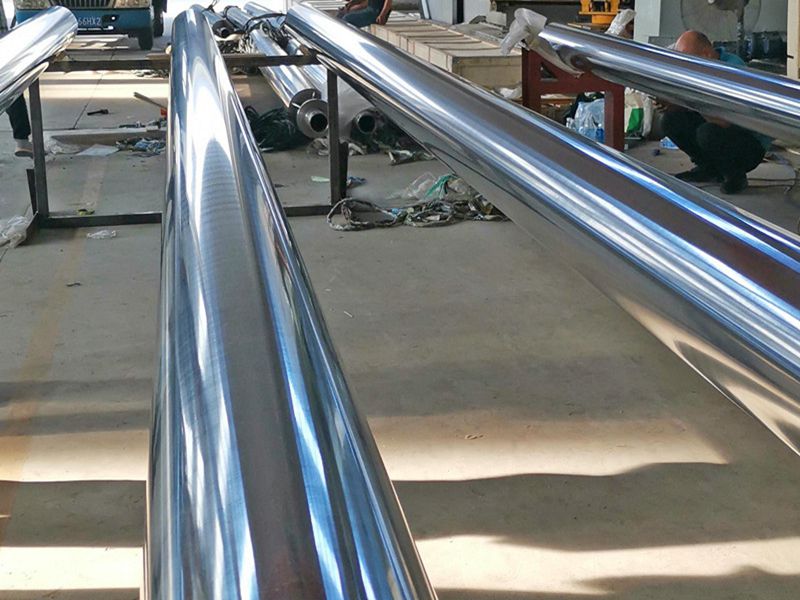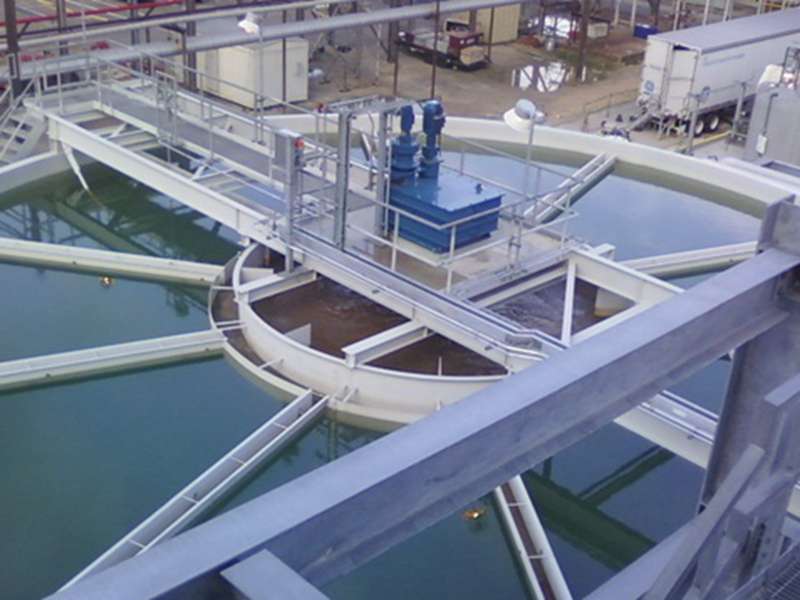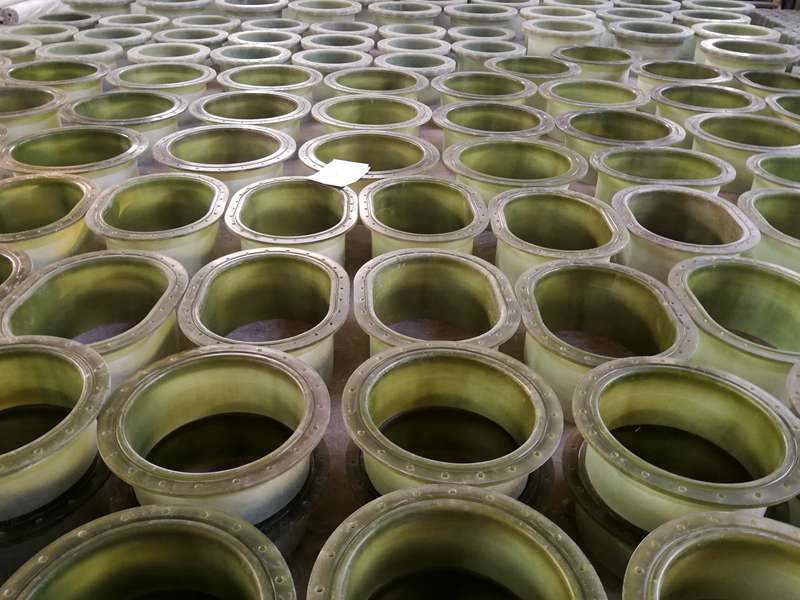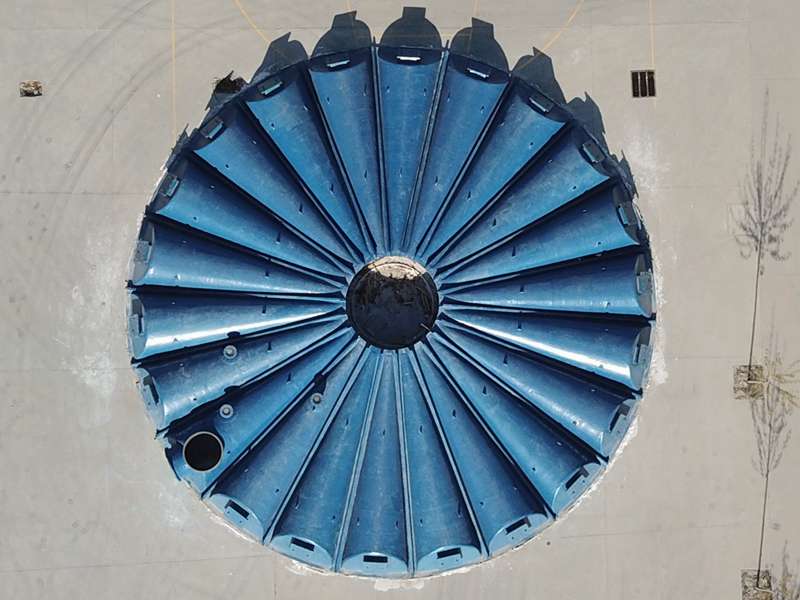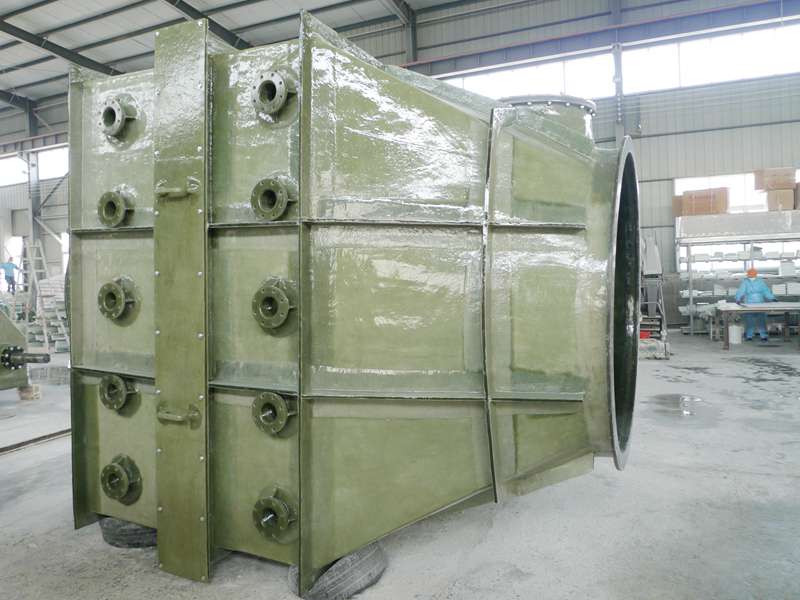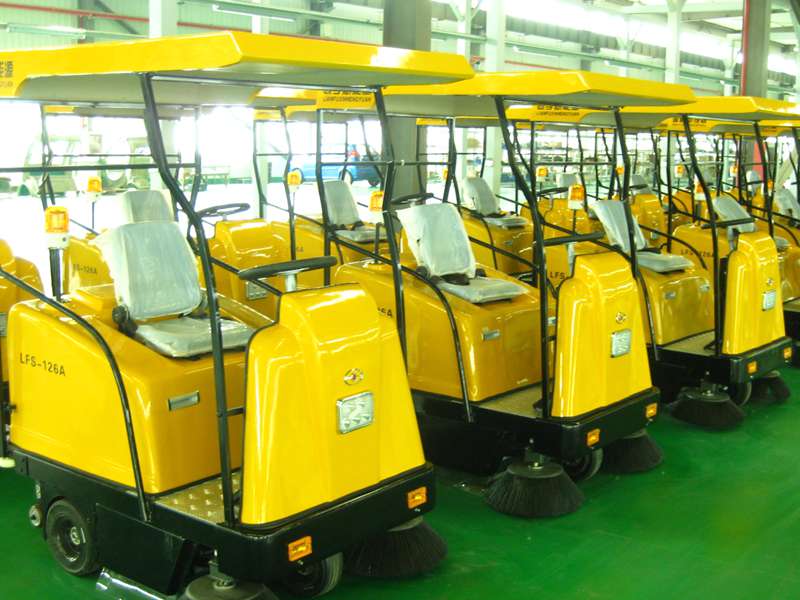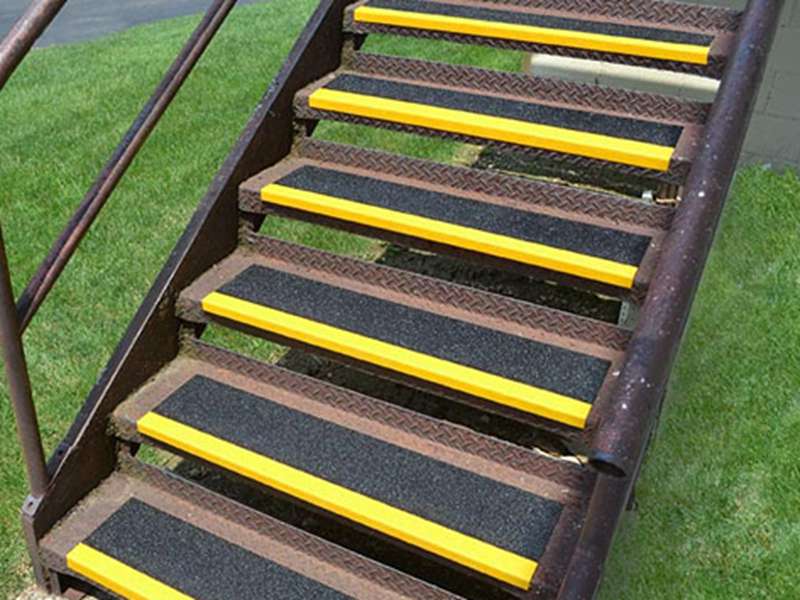
-
 Afrikaans
Afrikaans -
 Albanian
Albanian -
 Amharic
Amharic -
 Arabic
Arabic -
 Armenian
Armenian -
 Azerbaijani
Azerbaijani -
 Basque
Basque -
 Belarusian
Belarusian -
 Bengali
Bengali -
 Bosnian
Bosnian -
 Bulgarian
Bulgarian -
 Catalan
Catalan -
 Cebuano
Cebuano -
 China
China -
 China (Taiwan)
China (Taiwan) -
 Corsican
Corsican -
 Croatian
Croatian -
 Czech
Czech -
 Danish
Danish -
 Dutch
Dutch -
 English
English -
 Esperanto
Esperanto -
 Estonian
Estonian -
 Finnish
Finnish -
 French
French -
 Frisian
Frisian -
 Galician
Galician -
 Georgian
Georgian -
 German
German -
 Greek
Greek -
 Gujarati
Gujarati -
 Haitian Creole
Haitian Creole -
 hausa
hausa -
 hawaiian
hawaiian -
 Hebrew
Hebrew -
 Hindi
Hindi -
 Miao
Miao -
 Hungarian
Hungarian -
 Icelandic
Icelandic -
 igbo
igbo -
 Indonesian
Indonesian -
 irish
irish -
 Italian
Italian -
 Japanese
Japanese -
 Javanese
Javanese -
 Kannada
Kannada -
 kazakh
kazakh -
 Khmer
Khmer -
 Rwandese
Rwandese -
 Korean
Korean -
 Kurdish
Kurdish -
 Kyrgyz
Kyrgyz -
 Lao
Lao -
 Latin
Latin -
 Latvian
Latvian -
 Lithuanian
Lithuanian -
 Luxembourgish
Luxembourgish -
 Macedonian
Macedonian -
 Malgashi
Malgashi -
 Malay
Malay -
 Malayalam
Malayalam -
 Maltese
Maltese -
 Maori
Maori -
 Marathi
Marathi -
 Mongolian
Mongolian -
 Myanmar
Myanmar -
 Nepali
Nepali -
 Norwegian
Norwegian -
 Norwegian
Norwegian -
 Occitan
Occitan -
 Pashto
Pashto -
 Persian
Persian -
 Polish
Polish -
 Portuguese
Portuguese -
 Punjabi
Punjabi -
 Romanian
Romanian -
 Russian
Russian -
 Samoan
Samoan -
 Scottish Gaelic
Scottish Gaelic -
 Serbian
Serbian -
 Sesotho
Sesotho -
 Shona
Shona -
 Sindhi
Sindhi -
 Sinhala
Sinhala -
 Slovak
Slovak -
 Slovenian
Slovenian -
 Somali
Somali -
 Spanish
Spanish -
 Sundanese
Sundanese -
 Swahili
Swahili -
 Swedish
Swedish -
 Tagalog
Tagalog -
 Tajik
Tajik -
 Tamil
Tamil -
 Tatar
Tatar -
 Telugu
Telugu -
 Thai
Thai -
 Turkish
Turkish -
 Turkmen
Turkmen -
 Ukrainian
Ukrainian -
 Urdu
Urdu -
 Uighur
Uighur -
 Uzbek
Uzbek -
 Vietnamese
Vietnamese -
 Welsh
Welsh -
 Bantu
Bantu -
 Yiddish
Yiddish -
 Yoruba
Yoruba -
 Zulu
Zulu
fiberglass grid
Fiberglass Grid A Comprehensive Overview
Fiberglass grid systems have emerged as an essential component in various industries, owing to their unique properties and versatility. These systems are primarily used in construction, civil engineering, and infrastructure projects, providing a strong, lightweight solution that enhances structural integrity while reducing overall weight. In this article, we will explore the characteristics, applications, and benefits of fiberglass grid technology.
What is Fiberglass Grid?
Fiberglass grid is a composite material made from glass fibers and resin, manufactured to create a mesh-like structure. This grid is designed to withstand various environmental conditions, including moisture, chemicals, and UV radiation, making it ideal for outdoor and industrial applications. The fiberglass grid can be produced in various configurations, with varying mesh sizes and thicknesses, tailored to meet specific load-bearing requirements.
Characteristics of Fiberglass Grid
1. Lightweight One of the standout features of fiberglass grids is their low weight compared to traditional materials like steel or concrete. This reduces transportation costs and makes installation easier and faster.
2. Corrosion Resistance Unlike metal grids, fiberglass grids do not rust or corrode, which significantly enhances their durability and longevity in harsh environments.
3. High Strength-to-Weight Ratio Fiberglass grids possess a remarkable strength-to-weight ratio, making them suitable for applications that require significant load-bearing capabilities without the bulk.
4. Non-Conductive Being non-conductive, fiberglass grids are safe for use in electrical applications and areas where electrical insulation is required.
Applications of Fiberglass Grid
fiberglass grid
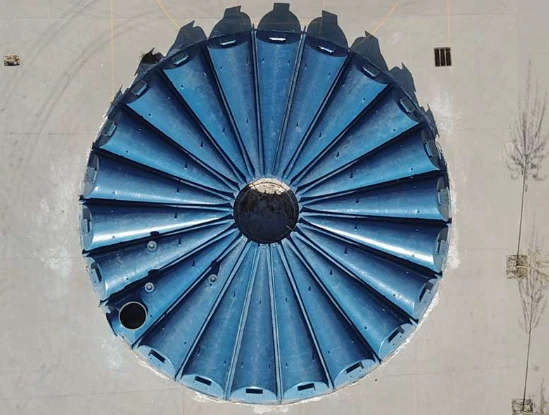
1. Construction Fiberglass grids are extensively used in construction projects for flooring systems, drainage layer systems, and road reinforcement. Their strength and resistance to environmental degradation make them a reliable choice for building foundations and slabs.
2. Industrial Flooring In industrial settings, fiberglass grids are ideal for flooring in warehouses, platforms, and chemical storage areas due to their ability to withstand heavy loads and harsh chemicals.
3. Traffic Control For road construction and maintenance, fiberglass grids are applied as reinforcements in asphalt and concrete pavements, helping to prevent cracking and extending the lifespan of road surfaces.
4. Water Treatment Facilities The use of fiberglass grids in water treatment plants ensures the structural integrity of walkways and platforms while providing resistance to corrosion from chemicals used in the treatment process.
5. Environmental Applications Fiberglass grids are utilized in various environmental projects, such as erosion control and soil stabilization, to enhance the stability of soil structures while allowing for water drainage.
Benefits of Fiberglass Grid
The adoption of fiberglass grid systems offers numerous advantages over traditional materials. These benefits include reduced maintenance costs due to their corrosion resistance, lower transportation and labor costs due to their lightweight nature, and enhanced safety features in terms of non-conductivity. Additionally, their long lifespan means fewer replacements, further contributing to cost savings.
Moreover, the installation process for fiberglass grids is generally faster than that of traditional options, allowing for quicker project completion times. Their versatility also means they can be tailored for a wide range of applications, ensuring that industries can find suitable solutions for their specific needs.
Conclusion
In conclusion, fiberglass grid technology is revolutionizing the way industries approach construction, infrastructure, and environmental projects. With their plethora of advantages—such as lightweight composition, corrosion resistance, and high strength—they offer a reliable and efficient solution. As technology continues to evolve, the applications and benefits of fiberglass grids are likely to expand even further, solidifying their place as a vital material in modern engineering and construction practices.


